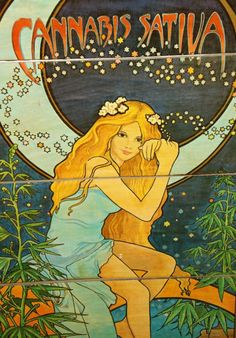Blog
Alfred James Ellis (April 21, 1941 – September 23, 2021), known as Pee Wee Ellis due to his diminutive stature, was an American saxophonist, composer, and arranger. With a background in jazz, he was a member of James Brown‘s band in the 1960s, appearing on many of Brown’s recordings and co-writing hits like “Cold Sweat” and “Say It Loud – I’m Black and I’m Proud“. He also worked with Van Morrison.
In the 2014 biographical movie Get on Up about James Brown, Ellis is played by Tariq Trotter.
Ellis resided in England for the last 30 years of his life.
more...
Locksley Wellington Hampton (April 21, 1932 – November 18, 2021) was an American jazz trombonist, composer and arranger. As his nickname implies, Hampton’s main instrument was slide trombone, but he also occasionally played tuba and flugelhorn. Locksley Wellington Hampton was born on April 21, 1932, in Jeannette, Pennsylvania. Laura and Clarke “Deacon” Hampton raised 12 children, taught them how to play musical instruments and set out with them as a family band. The family first came to Indianapolis in 1938. The Hamptons were a very musical family in which mother, father, eight brothers, and four sisters, all played instruments. His sisters included Dawn Hampton and Virtue Hampton Whitted. Slide Hampton is one of the few left-handed trombone players. As a child, Hampton was given the trombone set up to play left-handed, or backwards; and as no one ever dissuaded him, he continued to play this way.
At the age of 12, Slide played in his family’s Indianapolis jazz band, The Duke Hampton Band. By 1952, at the age of 20, he was performing at Carnegie Hall with the Lionel Hampton Band. He played with the Buddy Johnson‘s R&B band from 1955 to 1956, then became a member of Maynard Ferguson‘s band (1957–1959), where he played and arranged, providing excitement on such popular tunes as “The Fugue,” “Three Little Foxes” and “Slide’s Derangement.” While with the Ferguson band he composed and arranged memorable charts such as “Frame For the Blues,” “Go East Young Man,” “Newport,” Sometimes I Feel Lika A Motherless Child,” “Ole” and “‘Round Midnight.” In 1958, he recorded with trombone masters on the classic release of Melba Liston, Melba Liston and Her ‘Bones. As his reputation grew, he soon began working with bands led by Art Blakey, Tadd Dameron, Barry Harris, Thad Jones, Mel Lewis, and Max Roach, contributing both original compositions and arrangements. In 1962, he formed the Slide Hampton Octet, with horn players Freddie Hubbard, and George Coleman. The band toured the U.S. and Europe and recorded on several labels.
more...James Mundell Lowe (April 21, 1922 – December 2, 2017) was an American jazz guitarist who worked often in radio, television, and film, and as a session musician. He produced film and TV scores in the 1970s, such as the Billy Jack soundtrack and music for Starsky and Hutch, and worked with André Previn‘s Trio in the 1990s.
The son of a Baptist minister, Lowe grew up on a farm in Shady Grove, Smith County, Mississippi (near Laurel). He started playing guitar when he was eight years old, with his father and sister acting as his first teachers.
When he was thirteen years old, he began running away from home to play in bands. Occasionally his father would find him, bring him home, and warn him about the dangers of whiskey. At sixteen, Lowe worked in Nashville on the Grand Ole Opry radio program. He was a member of the Jan Savittorchestra before serving in the military during World War II.
At basic training, he became friends with John Hammond, who organized weekend jam sessions. He performed in an Army dance band while in Guadalcanal. After his discharge, he called Hammond, looking for work, and Hammond sent him to Ray McKinley. He spent two years with McKinley’s big band in New York City. He joined the Benny Goodman orchestra, then worked intermittently for the next few years at Café Society and other clubs in New York.
more...Something strange happened to this galaxy, but what? Known as the Cigar Galaxy and cataloged as M82, red glowing gas and dust are being cast out from the center. Although this starburst galaxy was surely stirred up by a recent pass near its neighbor, large spiral galaxy M81, this doesn’t fully explain the source of the red-glowing outwardly expanding gas and dust. Evidence indicates that this material is being driven out by the combined emerging particle winds of many stars, together creating a galactic superwind. In the featured images, a Hubble Space Telescope image in visible light is shown on the left, while a James Webb Space Telescope image of the central region in infrared light is shown on the right. Detailed inspection of the new Webb image shows, unexpectedly, that this red-glowing dust is associated with hot plasma. Research into the nature of this strange nearby galaxy will surely continue.
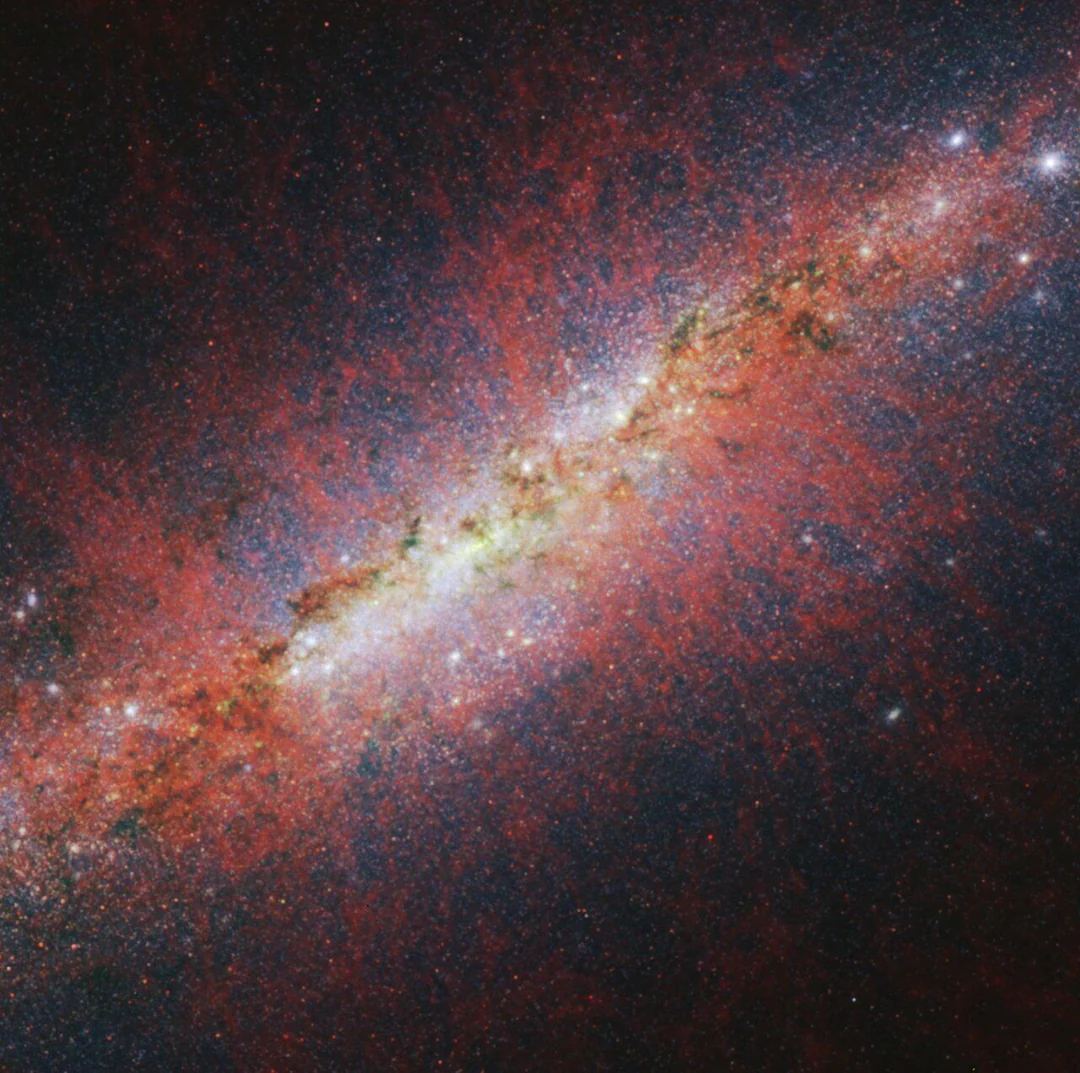
more...
Stephen Robert Nesta Marley (born April 20, 1972) is a Jamaican-American musician. The son of Bob Marley, Marley is an eight-time Grammy Award winner, three times as a solo artist, twice as a producer of younger brother Damian Marley‘s Halfway Tree and Welcome to Jamrock albums, and a further three times as a member of his older brother Ziggy Marley‘s group Ziggy Marley & The Melody Makers.
Marley’s 2011 album Revelation Pt. 1 – The Root of Life won the Grammy Award for Best Reggae Album in 2012. His follow-up, Revelation Pt. 2 – The Fruit of Life, was released on July 22, 2016.
In several of his self-produced solo albums Mind Control (2007), Mind Control Acoustic (2008), Revelation Part I: The Root of Life (2011) and Revelation Part II: The Fruit of Life (2016) he has composed and produced all the songs on his album, and he has played a variety of the musical instruments himself. Stephen Marley was born in Wilmington, Delaware, and raised in Kingston, Jamaica. He is the second eldest son of Reggae legend Bob Marley and Rita Marley. Stephen started singing professionally at 7 years old with his elder siblings Ziggy Marley, Sharon Marley and Cedella Marleyin Ziggy Marley and the Melody Makers.
more...Ernest Anthony Puente Jr. (April 20, 1923 – June 1, 2000), commonly known as Tito Puente, was an American musician, songwriter, bandleader, timbalero, and record producer. He composed dance-oriented mambo and Latin jazz music.
Puente and his music have appeared in films including The Mambo Kings and Fernando Trueba‘s Calle 54. He guest-starred on television shows, including Sesame Street and The Simpsons two-part episode “Who Shot Mr. Burns?“.
Puente was born on April 20, 1923, at Harlem Hospital Center in the New York borough of Manhattan, the son of Ernest and Felicia Puente, Puerto Ricans living in New York City’s Spanish Harlem. His family moved frequently, but he spent the majority of his childhood in Spanish Harlem. Puente’s father was the foreman at a razorblade factory. His family called him Ernestito, Spanish for Little Ernest, and this became shortened to “Tito”.
As a child, he was described as hyperactive, and after neighbors complained of hearing seven-year-old Puente beating on pots and window frames, his mother sent him to 25-cent piano lessons. He switched to percussion by the age of 10, drawing influence from jazz drummer Gene Krupa. He later created a song-and-dance duo with his sister Anna in the 1930s and intended to become a dancer, but an ankle tendon injury prevented him from pursuing dance as a career. When the drummer in Machito‘s band was drafted to the army, Puente subsequently took his place.
more...Lionel Leo Hampton (April 20, 1908 – August 31, 2002) was an American jazz vibraphonist, drummer, percussionist, and bandleader. Hampton worked with jazz musicians from Teddy Wilson, Benny Goodman, and Buddy Rich, to Charlie Parker, Charles Mingus, and Quincy Jones. In 1992, he was inducted into the Alabama Jazz Hall of Fame, and he was awarded the National Medal of Arts in 1996.
Lionel Hampton was born in 1908 in Louisville, Kentucky, and was raised by his mother. Shortly after he was born, he and his mother moved to her hometown of Birmingham, Alabama. He spent his early childhood in Kenosha, Wisconsin, before he and his family moved to Chicago, Illinois, in 1916. As a youth, Hampton was a member of the Bud Billiken Club, an alternative to the Boy Scouts of America, which was off-limits because of racial segregation. During the 1920s, while still a teenager, Hampton took xylophone lessons from Jimmy Bertrand and began to play drums. Hampton was raised Catholic, and started out playing fife and drum at the Holy Rosary Academy near Chicago.
more...Accompanying Shabbat for the Soul at Mt Zion Friday April 19th 2024 630pm with Jennifer Truss-Klein, Tami Morse, Renee Goldman, Adam Dorn and mick laBriola.
more...the Great Carina Nebula is more modestly known as NGC 3372. One of our Galaxy’s largest star forming regions, it spans over 300 light-years. Like the smaller, more northerly Great Orion Nebula, the Carina Nebula is easily visible to the unaided eye. But at a distance of 7,500 light-years it lies some 5 times farther away. This stunning telescopic view reveals remarkable details of the region’s glowing filaments of interstellar gas and obscuring cosmic dust clouds. The Carina Nebula is home to young, extremely massive stars, including the still enigmatic variable Eta Carinae, a star with well over 100 times the mass of the Sun. Eta Carinae is the bright star above the central dark notch in this field and left of the dusty Keyhole Nebula (NGC 3324).
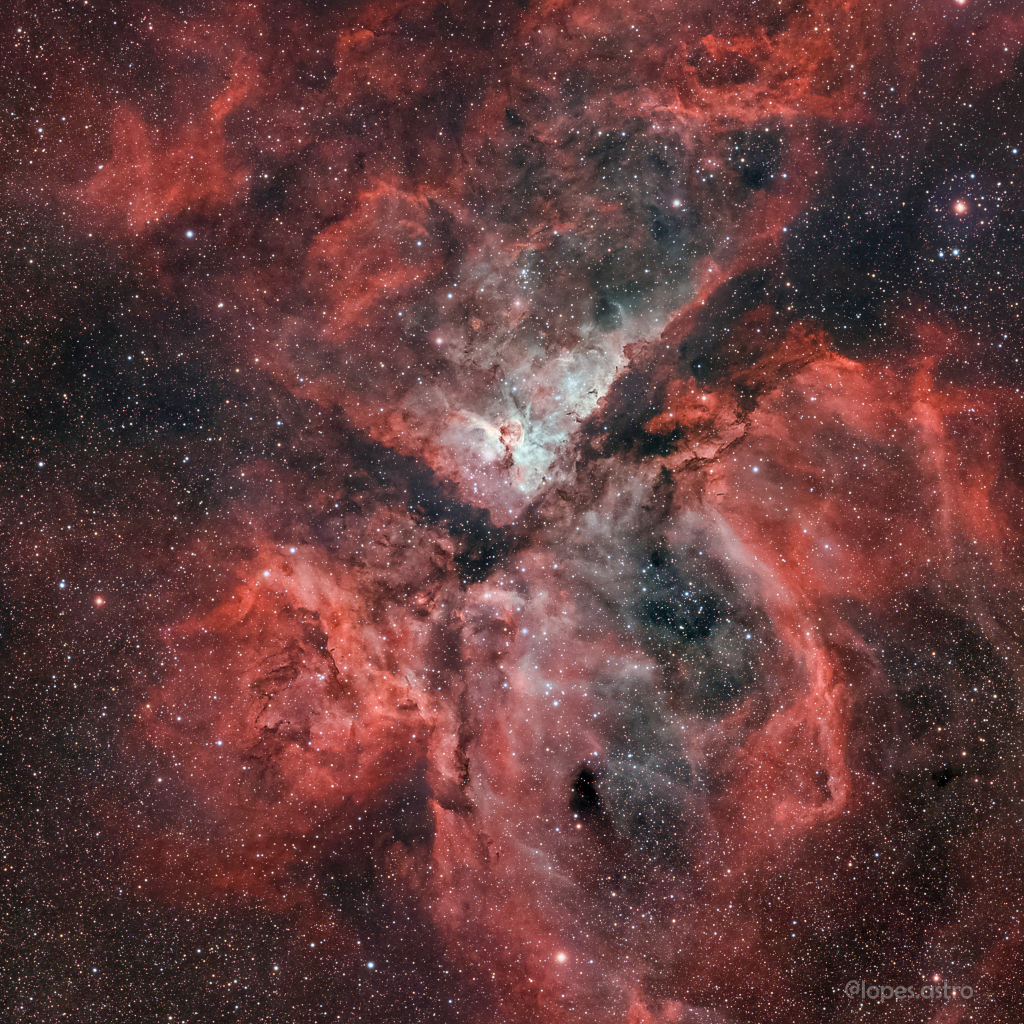
Dudley Stuart John Moore CBE (19 April 1935 – 27 March 2002) was an English actor, comedian, musician and composer. Moore first came to prominence in the UK as a leading figure in the British satire boom of the 1960s. He was one of the four writer-performers in the comedy revue Beyond the Fringe from 1960 that created a boom in satiric comedy. With a member of that team, Peter Cook, Moore collaborated on the BBC television series Not Only… But Also. As a popular double act, Moore’s buffoonery contrasted with Cook’s deadpan monologues. They jointly received the 1966 British Academy Television Award for Best Entertainment Performanceand worked together on other projects until the mid-1970s, by which time Moore had settled in Los Angeles to concentrate on his film acting.
Moore’s career as a comedy film actor was marked by hit films, particularly Bedazzled (1967), set in Swinging Sixties London (in which he co-starred with Cook) and Hollywood productions Foul Play (1978), 10 (1979) and Arthur (1981). For Arthur, Moore was nominated for the Academy Award for Best Actor and won a Golden Globe Award. He received a second Golden Globe for his performance in Micki & Maude (1984). Moore was awarded a star on the Hollywood Walk of Fame in 1987 and was made a CBE by Queen Elizabeth II at Buckingham Palace on 16 November 2001 in what was his last public appearance.
more...Edwin H. Kramer (born 19 April 1942) is a South African-born recording producer and engineer. He has collaborated with several artists now in the Rock and Roll Hall of Fame, including Jimi Hendrix, the Beatles, David Bowie, the Rolling Stones, Led Zeppelin, Eric Clapton, the Kinks, Kiss, John Mellencamp, and Carlos Santana, as well as records for other well-known artists in various genres.
Kramer’s film soundtrack credits include Blue Wild Angel: Live at the Isle of Wight, Festival Express, Jimi Plays Monterey, Jimi Plays Berkeley, Live at the Fillmore East, Mad Dogs and Englishmen, The Pursuit of Happiness, Rainbow Bridge, The Song Remains the Same, and Woodstock: Music from the Original Soundtrack and More. Kramer was interviewed extensively in Jimi Hendrix: Hear My Train a Comin’, a two-hour American Masters documentary which debuted in November 2013.
He is also a photographer who has exhibited a number of his intimate images of performers, particularly Hendrix, with whom he worked on Are You Experienced, Axis: Bold as Love, Electric Ladyland, Band of Gypsys, and The Cry of Love, as well as the posthumous Valleys of Neptune, People, Hell and Angels, Miami Pop Festival, and other releases produced through Experience Hendrix, the organization formed by Hendrix’s heirs.
more...“The name is taken from the village of Paterna de Rivera, near Jerez de la Frontera. The superstitious legend connected with its origin endows the flamenco palo Peteneras with a certain mystique. According to this legend, a beautiful young prostitute called Dolores died a violent death at the hands of one of her lovers. Due to her irresistible power of seduction she was called the “damnation of men”. For some authors, the word prostitute is a little severe and they prefer a more poetic description such as, a beautiful young temptress who stole men’s hearts.
After her death, songs were created around the story. The superstition surrounding Peteneras is directly connected with the misfortunes that followed later public performances. One account is of a dancer who played the part of Petenera and died a choreographed death on stage, following the story line from the legend. The four male dancers involved in the show carried her off stage on their shoulders singing, “La Petenera has died and we are taking her to be buried”… Backstage they discovered that the dancer really was dead, apparently from a heart attack.
Every year in July, the people in the village of Paterna pay homage to this form of cante and to Dolores by hosting a national Peteneras song competition. There are some who believe that Peteneras was originally a song of the Sephardic Jews. The evidence comes from a verse which makes reference to a beautiful Jewess on her way to a synagogue. This would date the song back as far as 1492, which is when the Jews (and the synagogues) disappeared from Spain“
more...
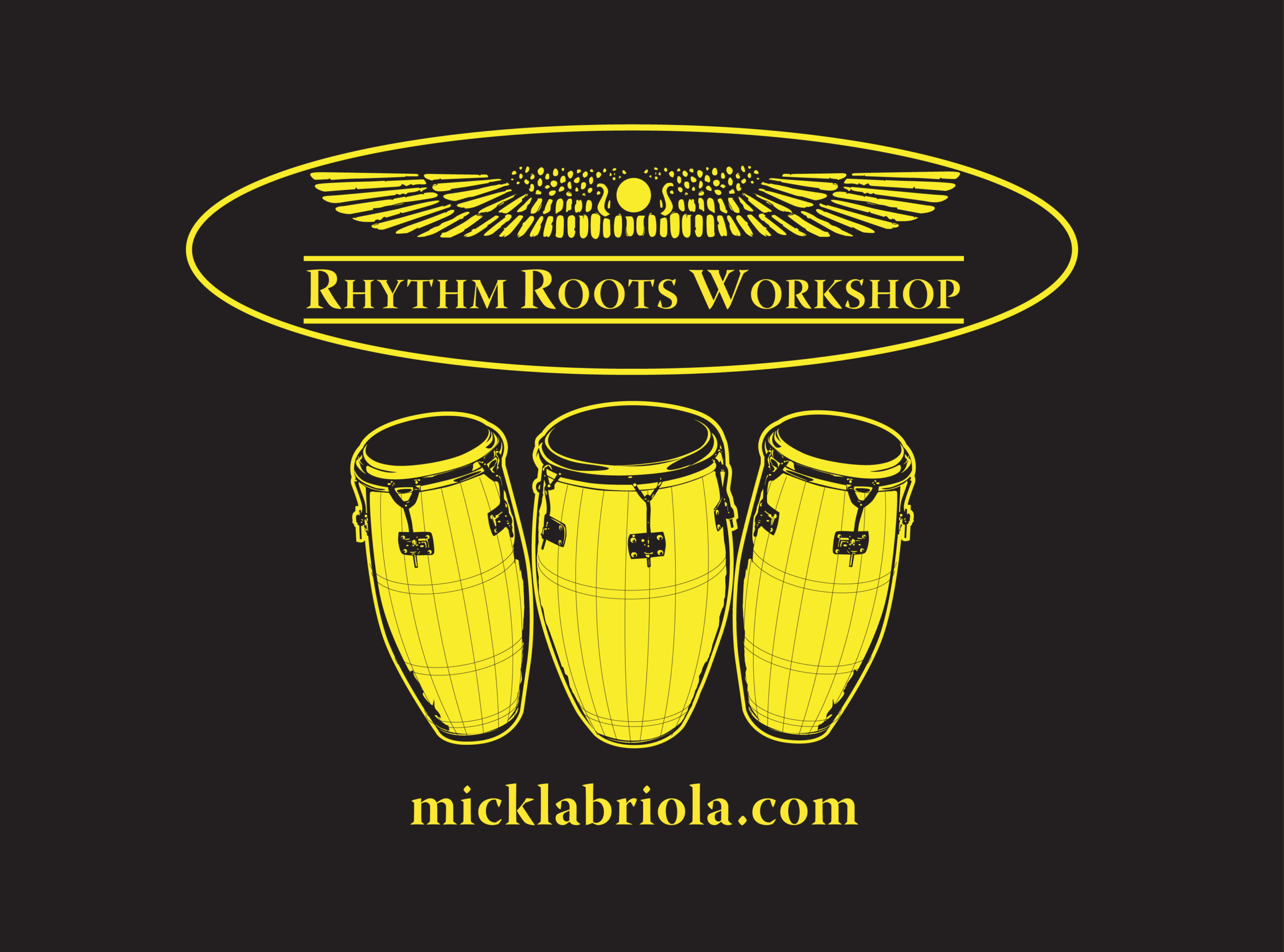
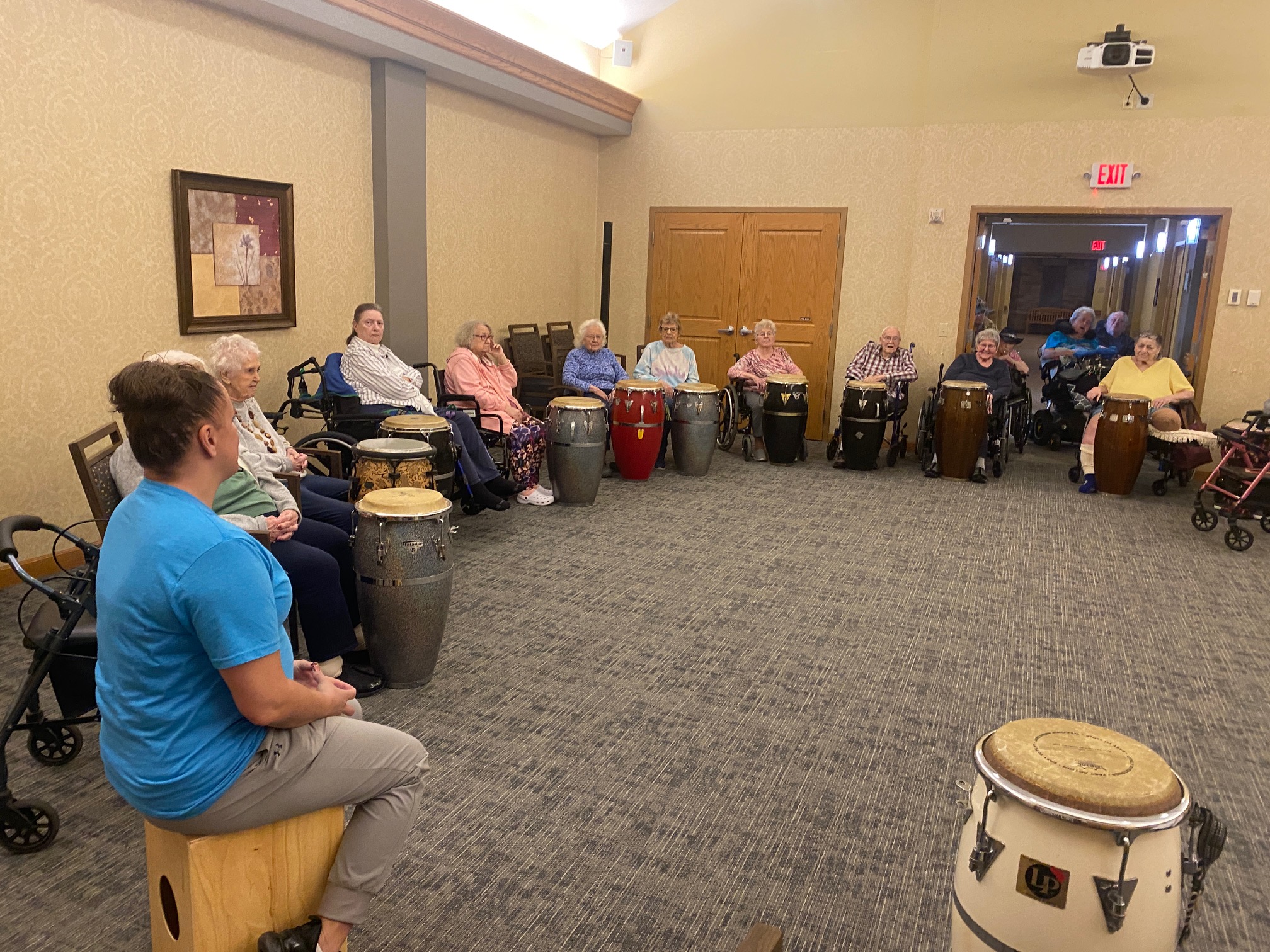
From our vantage point in the Milky Way Galaxy, we see NGC 1232 face-on. Nearly 200,000 light-years across, the big, beautiful spiral galaxy is located some 47 million light-years away in the flowing southern constellation of Eridanus. This sharp, multi-color, telescopic image of NGC 1232 includes remarkable details of the distant island universe. From the core outward, the galaxy’s colors change from the yellowish light of old stars in the center to young blue star clusters and reddish star forming regions along the grand, sweeping spiral arms. NGC 1232’s apparent, small, barred-spiral companion galaxy is cataloged as NGC 1232A. Distance estimates place it much farther though, around 300 million light-years away, and unlikely to be interacting with NGC 1232. Of course, the prominent bright star with the spiky appearance is much closer than NGC 1232 and lies well within our own Milky Way.
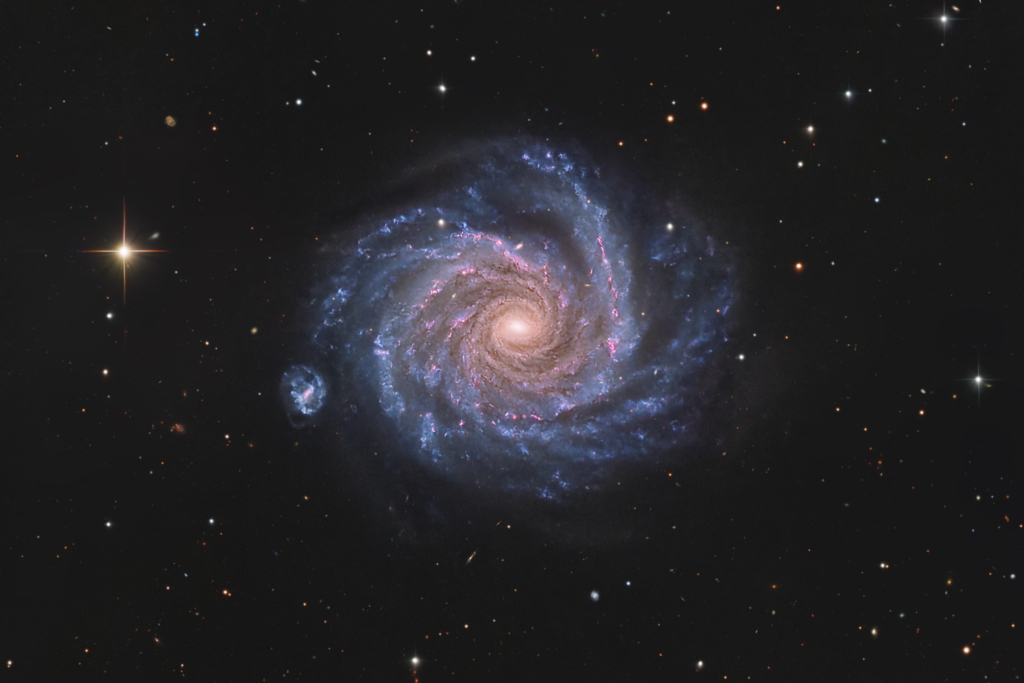
More Posts
- The Cosmos with NGC 3628
- Buddy Miles Day
- John Cage Day
- Sunnyland Slim Day
- World Music with Maayan Band
- Daily Roots with Jerry Harris
- The Cosmos with NGC 6861
- Bireli Lagrene Day
- Gerald Wilson Day
- Meade Lux Lewis Day
- World Music with Samite
- Daily Roots with Burning Spear
- The Cosmos with NGC 4217
- Freddie King Day
- Mickey Roker Day
- Memphis Slim Day
- World Music with Pete Seeger
- Daily Roots with Steel Pulse
- The Cosmos with ARP 87
- Clifford Jordan Day
